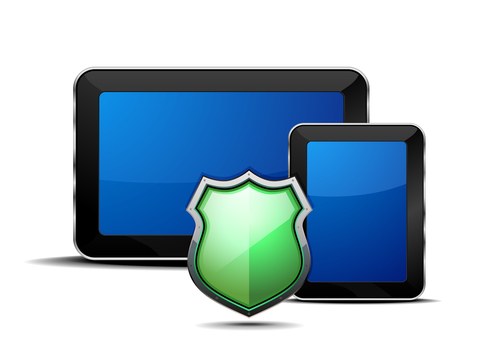Second Hand USB’s Could Have Personal Info Still Inside
An unsurprising study was recently released that found even when a portable USB drive is erased, not all of the documents and images are always removed. That, of course, is frightening.

Here’s how the research was done:
Researchers went online to sites like eBay, to second-hand shops, and even auction stores. They bought 200 used USB drives, half from the US and half from the UK. Almost 2/3 of the devices had data on them! This data was, for the most part, personal data, and it can also be used by cybercriminals to steal someone’s identity. On top of that, these USB drives can contain malware.
Removing All Data is Difficult
When someone tries to delete or remove data from a USB device, they rarely have success. In fact, of the 100 USB devices the researchers bought in the US, only 18 of them were totally wiped clean. The rest of them had data that had been deleted, but someone could certainly recover it. The UK devices were similar. What’s so surprising about this is that it is extremely easy…and free…for someone to fully delete their device. But most people just don’t put in the effort, and that could definitely hurt them in the future.
USB Devices Can Be Risky
Using these devices can be risky, not only for average people, but also for businesses. In 2017, for example, a USB device was lost, and it contained sensitive information about Heathrow Airport. The government investigated, and eventually fined the company. The information was not encrypted, nor password protected, and it was found on the street by a random passerby.
Because of these risks, some companies, like IBM, have banned the use of USB devices. Instead, employees must use the company’s cloud. Other companies still allow them, of course, but they could be going down a dangerous road. These devices are really cheap to buy, and people can save almost anything on them, but they are also very easy to lose.
There are other issues with USB devices too. First, of course, you have the data on these drives to deal with, but there is also the fact that potential malware could be on the devices. Most companies don’t have the same rules that IBM has, and most consumers don’t think of this at all. This makes people and small businesses very vulnerable. So, if you use USB drives, there is one very important step that you need to take: encrypt it.
Robert Siciliano personal security and identity theft expert and speaker is the author of Identity Theft Privacy: Security Protection and Fraud Prevention: Your Guide to Protecting Yourself from Identity Theft and Computer Fraud. See him knock’em dead in this Security Awareness Training video.

 Turns out that 48 percent of the drives were taken and inserted into computers. The report at theregister.co.uk says that in some cases, this was done minutes after the drives were left in the public spots.
Turns out that 48 percent of the drives were taken and inserted into computers. The report at theregister.co.uk says that in some cases, this was done minutes after the drives were left in the public spots.
























